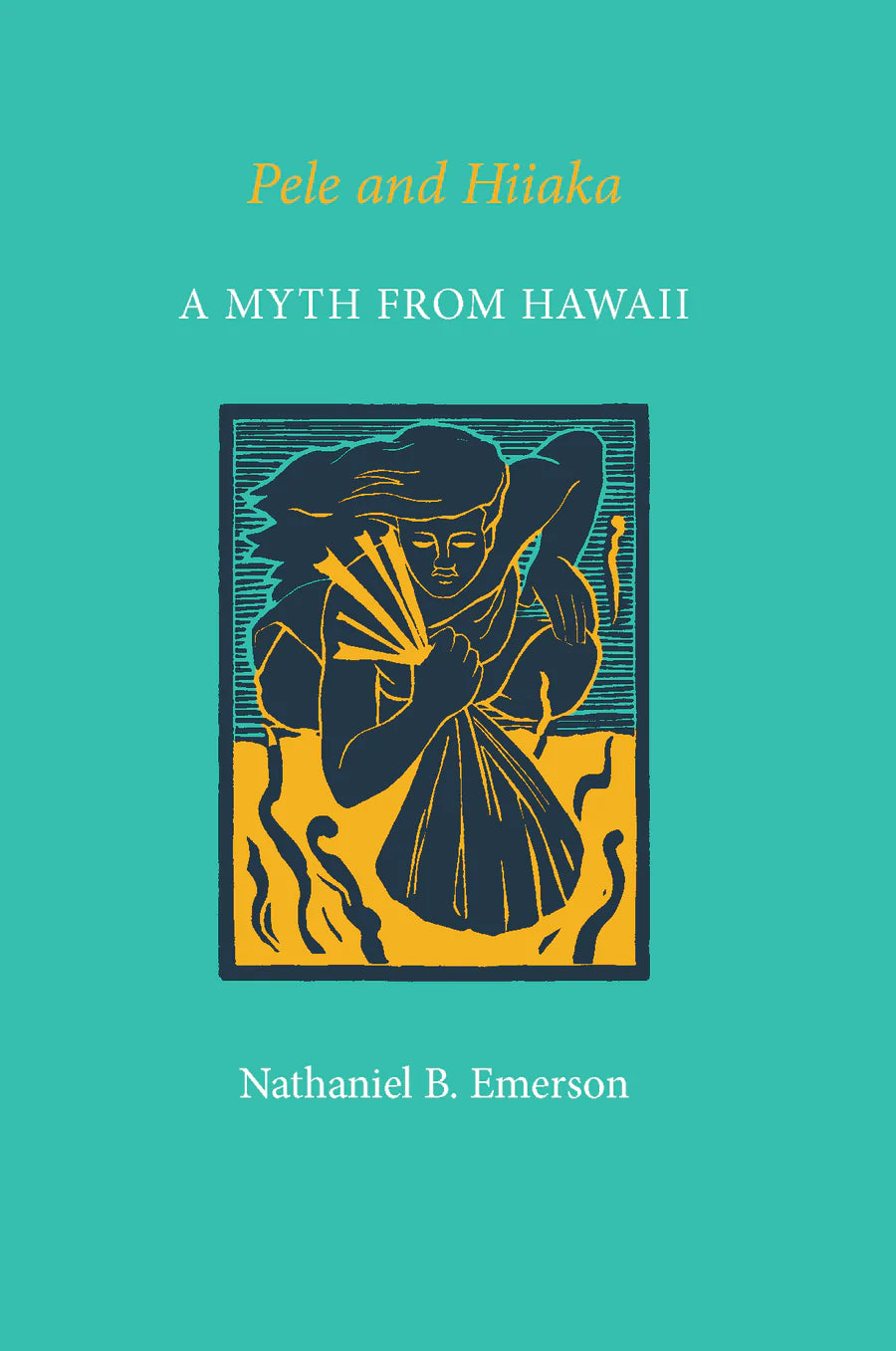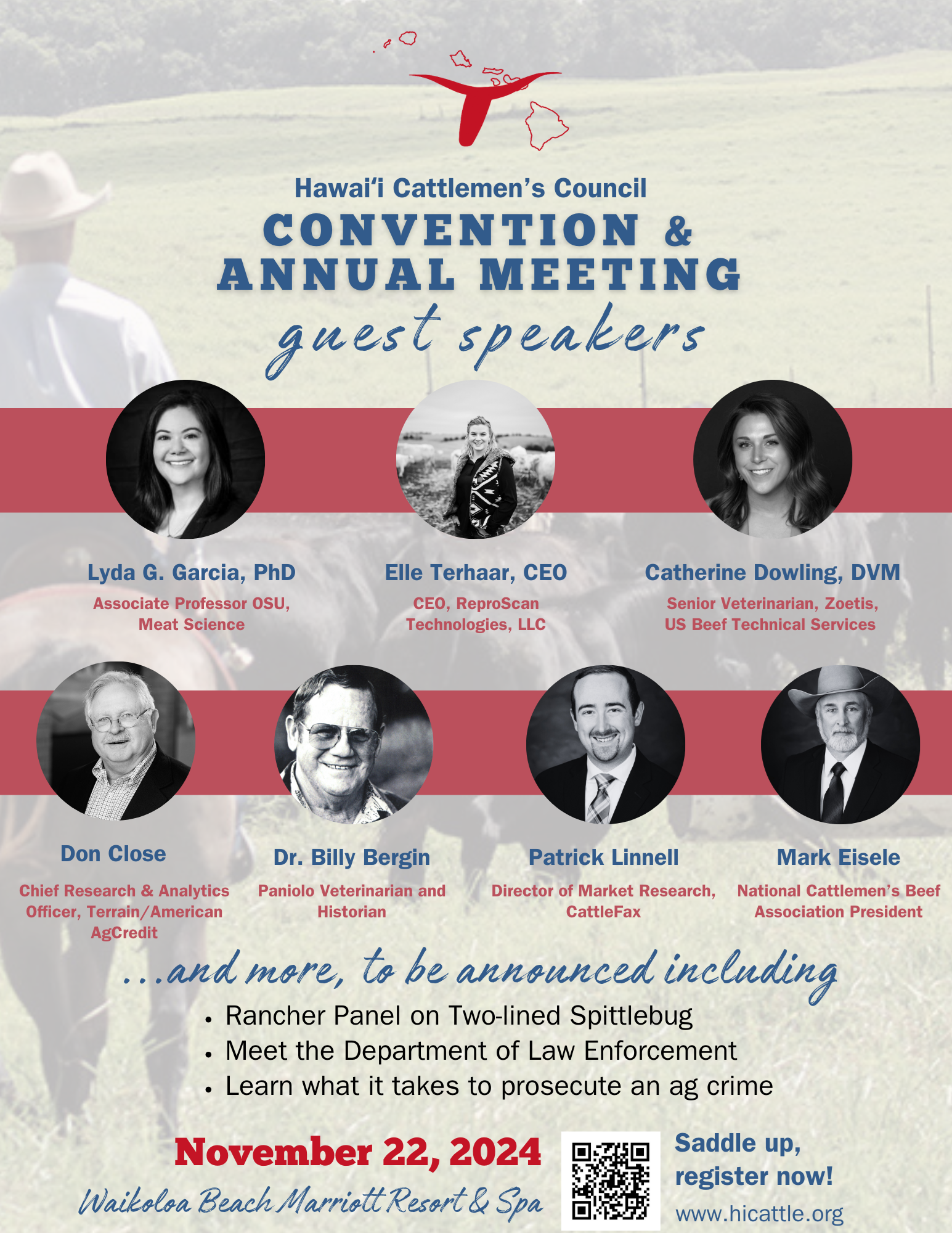From keiki to kupuna, the crowd gathers to watch volleyball clubs with youth of all ages competing in the
Fall Miloli'i-Kaʻū Tournament. Photo by Julia Neal
To read comments, add your own, and like this story, see facebook.com/kaucalendar. See upcoming events, print edition and archive at kaunews.com.
HAWAIIAN CHANTS SUGGEST A LAVA FLOW NAME CHANGE. That's the focus of this week's Volcano Watch, the weekly article and activity update written by U.S. Geological Survey Hawaiian Volcano Observatory scientists and affiliates. This week's article ʻAilāʻau or Kualoloa? is by HVO volunteer and naturalist Bobby Camara, with Pualani Kanakaʻole Kanahele and Donald Swanson:
Native Hawaiian oral traditions record a rich history of the changing volcanic landscape in Hawaiʻi. Interweaving cultural knowledge with scientific disciplines can provide a more complete understanding of past events, including the largest known lava flow eruption of Kīlauea.
Native Hawaiian oral traditions record a rich history of the changing volcanic landscape in Hawaiʻi. Interweaving cultural knowledge with scientific disciplines can provide a more complete understanding of past events, including the largest known lava flow eruption of Kīlauea.

Map illustrates Kualoloa lava flows originating near summit of Kīlauea, with pre- and post-Kualoloa lava flows shown for context. District boundaries and ahupuaʻa borders are also shown, along with place names mentioned in text. The broader northeastern trending part of the Kualoloa flow field contains a number of kīpuka, and a lava delta was built, creating ka lae Kaloli, the prominent point at the shore. Kaloli is the approximate terminus of a 40-mile-long system of lava tubes that enabled the far and wide distribution of pele during the prolonged eruption. The much smaller south branch of the Kualoloa flows that went towards ʻĀpua is now partially buried by the early 1970s Maunaulu flows. USGS Image
During the 1970s, Robin Holcomb conducted his doctoral field work and research on Kīlauea while working at the USGS Hawaiian Volcano Observatory. His work included mapping a series of lava flows (now called a flow field) that began erupting in the early-1400s from a vent near the eastern end of what is now Kīlauea Iki crater, in the summit region of Kīlauea volcano. Now, we know that the flow field was active for about 60 years and traveled in a northeast direction (as well as a small south branch), covering most of the Puna District north of the East Rift Zone of Kīlauea. Holcomb referred to this flow field as "ʻAilāʻau" after a reference he found in William D. Westerveltʻs Hawaiian Legends of Volcanoes, published in 1916.In ʻŌlelo Hawaiʻi (the Native Hawaiian language), ʻAilāʻau is to "consume trees." Trees can be consumed by rot, or can topple during windstorms, lightning strikes, floods, and lava flows. ʻAilāʻau is also thought, by some, to have been an elemental force associated with volcanic activity prior to the arrival of Pelehonuamea (Pele of the reddish earth) in the Hawaiian Islands.
Holcomb noted that his choice of 'Ailā'au as a name was provisional given that he only found it in one reference, and he was under a publication deadline. Hawaiian language sources during the last 40 years have rapidly become more available. Recently, researchers have been reminded of "Kualoloa," a chant that accurately describes the emplacement of the flow field that Holcomb named 'Ailā'au.
 |
| The chant Kua loloa, published in 1915, describes the eruption called 'Ailā'au. |
The chant Kua loloa, published in 1915 by Nathaniel Emerson in Pele and Hiiaka, A Myth From Hawai'i, describes an eruption that began in the upland (ma uka) portions of the ahupuaʻa (Native Hawaiian land division) of Keaʻau. The chant describes a broad geographic area affected by the eruption. The forests of Panaʻewa and ʻŌlaʻa were destroyed, with "a blanket of smoke" covering Puna all the way to ʻĀpua. Much of the District was devastated, according to the chant, which documents Pele destroying forests belonging to her sister, Hiʻiaka, as a result of a serious misunderstanding between them. Examining familiar place names in the chant, compared to the geographic extent of the flow field mapped by Holcomb, suggests that the chant chronicles the lava flows that he had named 'Ailā'au. However, there is no mention of 'Ailā'au in the Kualoloa chant. The upland border of Keaʻau ahupuaʻa, where the Kualoloa chant notes the eruption began, is near the eastern end of Kīlauea Iki, where the mapped vent of the lava flows is located. The chant describes Pele moving northeast into Puna, through ʻŌlaʻa and Panaʻewa, following the mapped lava flow paths. A relatively small flow moved southward from the vent to ʻĀpua, just as the chant implies.
A modern understanding of the timing of this eruption and its geographic extent, as well as more detailed knowledge of Native Hawaiian traditional place names, allows us to correlate the 15th-century eruption to the Kualoloa chant. This is an example illustrating the complex relationship between Native Hawaiian oral traditions and specific volcanic events and lava flows as documented in the geologic record.
Native Hawaiian oral traditions and scientific papers have different intended audiences and use their own vocabularies. Events described in chants are not "time-stamped," but careful study of them, together with knowledge of place names, and clues from scientific evidence of natural phenomena, sometimes allow us to construct correlations between seemingly disparate sources of knowledge. What Holcomb had provisionally referred to as the ʻAilāʻau flow field, we now know should be labeled in future publications the Kualoloa flow field.
VOLCANO ACTIVITY UPDATES:
Kīlauea is not erupting. Its USGS Volcano Alert level is ADVISORY.
Over the past week, earthquake rates beneath Kīlauea summit and upper-to-middle East Rift Zone were half that of the previous week. About 15 earthquakes were located beneath the summit, and about 30 were located in the upper-to-middle East Rift Zone. Ground deformation rates continue to show slow inflation at the summit and near the September 15-20 middle East Rift Zone eruption site. Future intrusive episodes and eruptions could occur with continued magma supply.
Mauna Loa is not erupting. Its USGS Volcano Alert Level is at NORMAL.
One earthquake was reported felt in the Hawaiian Islands during the past week: a M3.1 earthquake 14 km (8 mi) S of Fern Forest at 6 km (4 mi) depth on Nov. 13 at 2:22 a.m. HST.
HVO continues to closely monitor Kīlauea and Mauna Loa.
Visit HVO's website for past Volcano Watch articles, Kīlauea and Mauna Loa updates, volcano photos, maps, recent earthquake information, and more. Email questions to askHVO@usgs.gov.
To read comments, add your own, and like this story, see facebook.com/kaucalendar. See upcoming events, print edition and archive at kaunews.com.
HPD ARRESTED 18 FOR DUI during the week of Nov. 4 through Nov. 10. Hawai‘i Island police made the arrests for driving under the influence of an intoxicant. Eight of the drivers were involved in a traffic accident. One of the drivers was under the age of 21.
So far this year, there have been 832 DUI arrests compared with 821 during the same period last year, an increase of 1.34 percent.
Hawai‘i Police Department’s Traffic Services Section reviewed all updated crashes and found 855 major crashes so far this year, compared with 724 during the same time last year, an increase of 18.1 percent.
To date, there were 25 fatal crashes, resulting in 27 fatalities compared with 13 fatal crashes, resulting in 14 fatalities the same time last year. This represents an increase of 100 percent for fatal crashes and 100 percent for fatalities.
In 2024, the non-traffic fatality count (not on a public roadway) is zero compared to zero non-traffic fatalities for the same time last year.
Police promise that DUI roadblocks and patrols will continue island wide.
Native Hawaiian oral traditions and scientific papers have different intended audiences and use their own vocabularies. Events described in chants are not "time-stamped," but careful study of them, together with knowledge of place names, and clues from scientific evidence of natural phenomena, sometimes allow us to construct correlations between seemingly disparate sources of knowledge. What Holcomb had provisionally referred to as the ʻAilāʻau flow field, we now know should be labeled in future publications the Kualoloa flow field.
VOLCANO ACTIVITY UPDATES:
Kīlauea is not erupting. Its USGS Volcano Alert level is ADVISORY.
Over the past week, earthquake rates beneath Kīlauea summit and upper-to-middle East Rift Zone were half that of the previous week. About 15 earthquakes were located beneath the summit, and about 30 were located in the upper-to-middle East Rift Zone. Ground deformation rates continue to show slow inflation at the summit and near the September 15-20 middle East Rift Zone eruption site. Future intrusive episodes and eruptions could occur with continued magma supply.
Mauna Loa is not erupting. Its USGS Volcano Alert Level is at NORMAL.
One earthquake was reported felt in the Hawaiian Islands during the past week: a M3.1 earthquake 14 km (8 mi) S of Fern Forest at 6 km (4 mi) depth on Nov. 13 at 2:22 a.m. HST.
HVO continues to closely monitor Kīlauea and Mauna Loa.
Visit HVO's website for past Volcano Watch articles, Kīlauea and Mauna Loa updates, volcano photos, maps, recent earthquake information, and more. Email questions to askHVO@usgs.gov.
To read comments, add your own, and like this story, see facebook.com/kaucalendar. See upcoming events, print edition and archive at kaunews.com.
HPD ARRESTED 18 FOR DUI during the week of Nov. 4 through Nov. 10. Hawai‘i Island police made the arrests for driving under the influence of an intoxicant. Eight of the drivers were involved in a traffic accident. One of the drivers was under the age of 21.
So far this year, there have been 832 DUI arrests compared with 821 during the same period last year, an increase of 1.34 percent.
Hawai‘i Police Department’s Traffic Services Section reviewed all updated crashes and found 855 major crashes so far this year, compared with 724 during the same time last year, an increase of 18.1 percent.
To date, there were 25 fatal crashes, resulting in 27 fatalities compared with 13 fatal crashes, resulting in 14 fatalities the same time last year. This represents an increase of 100 percent for fatal crashes and 100 percent for fatalities.
In 2024, the non-traffic fatality count (not on a public roadway) is zero compared to zero non-traffic fatalities for the same time last year.
Police promise that DUI roadblocks and patrols will continue island wide.
To read comments, add your own, and like this story, see facebook.com/kaucalendar. See upcoming events, print edition and archive at kaunews.com.
.heic)


.heic)



.jpeg)
.jpg)
.jpg)